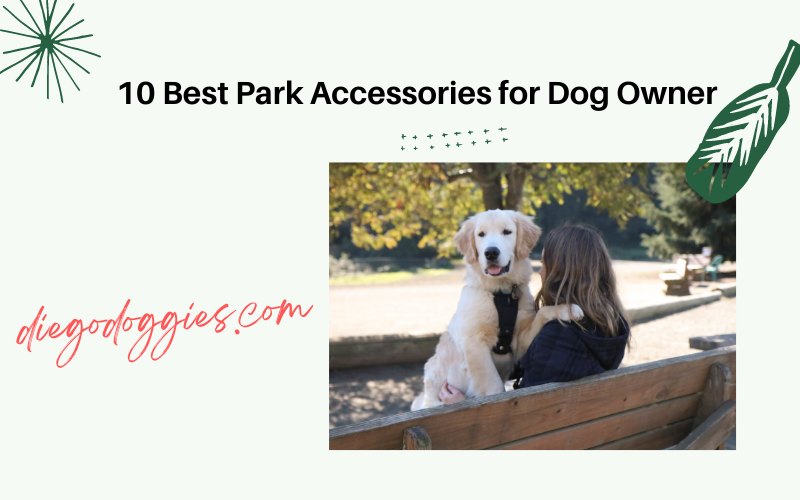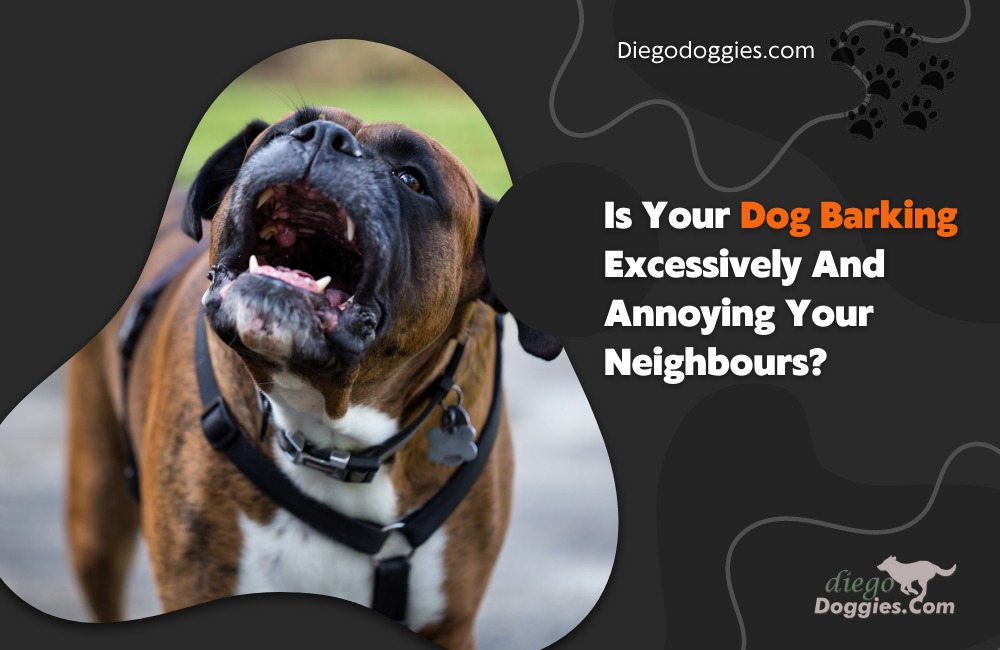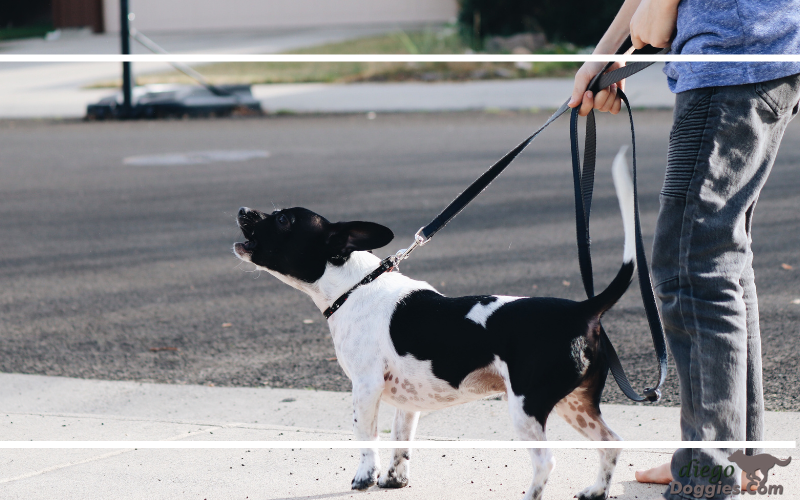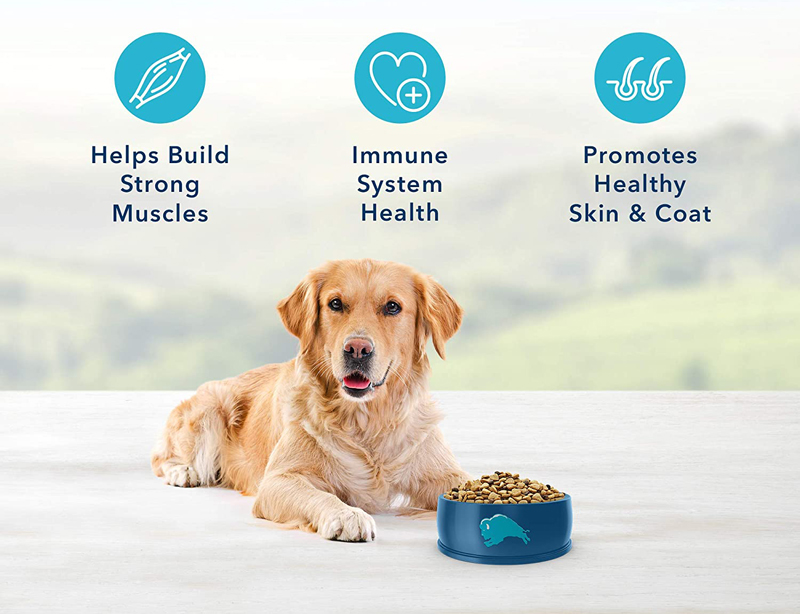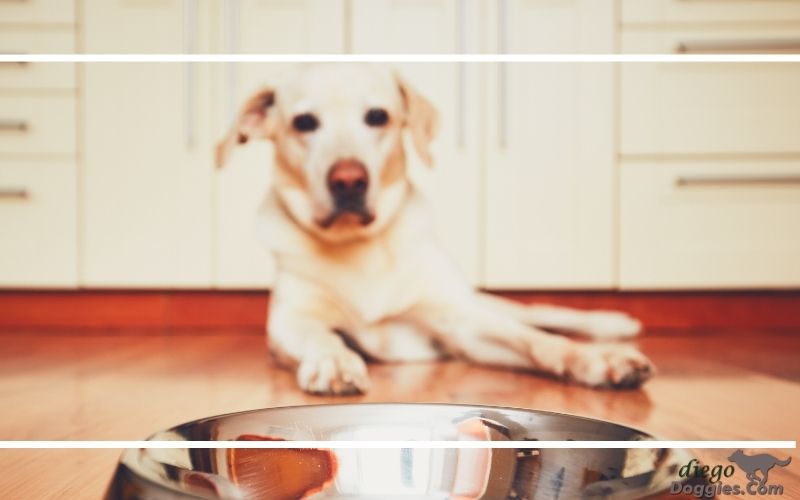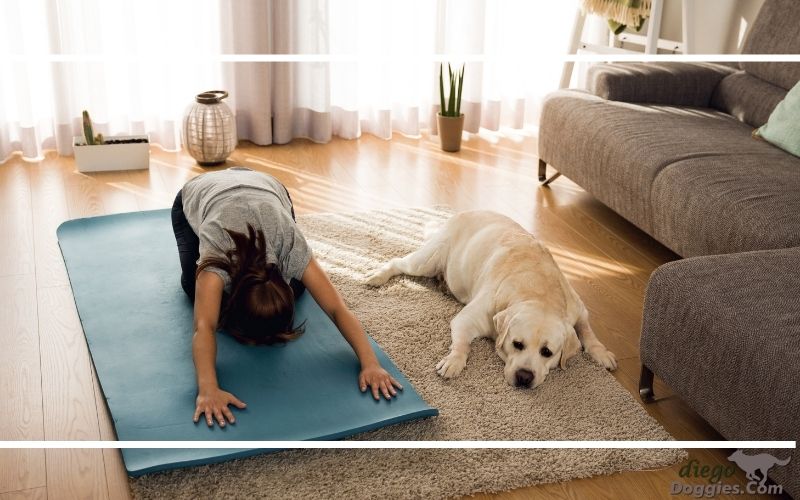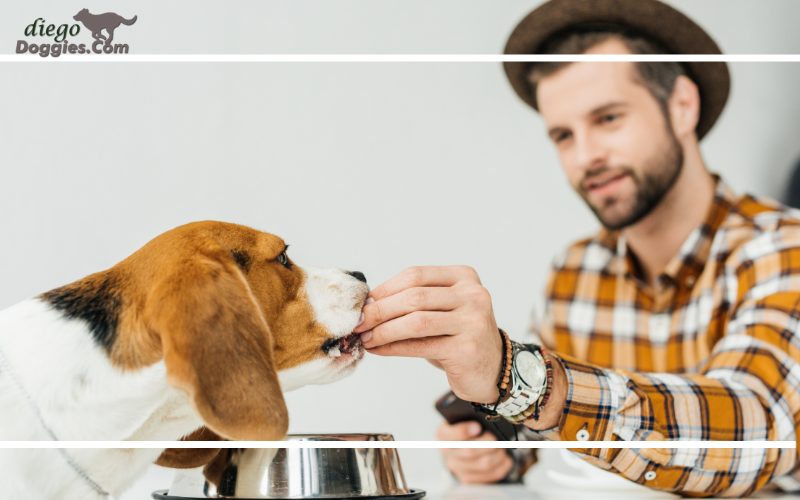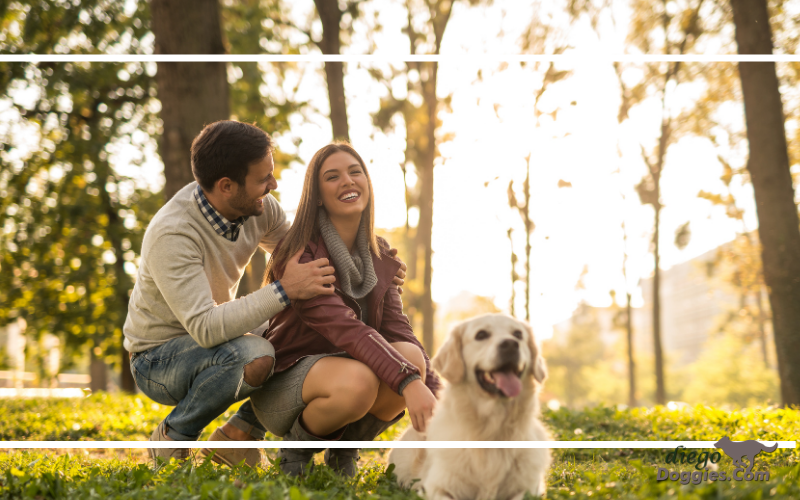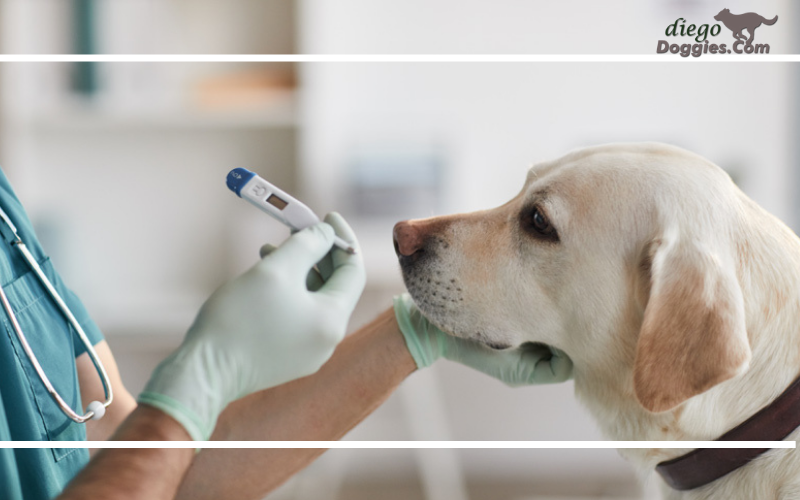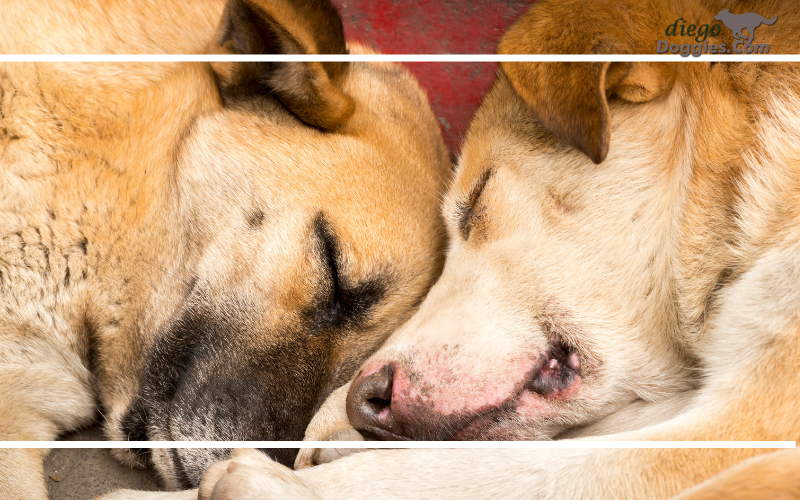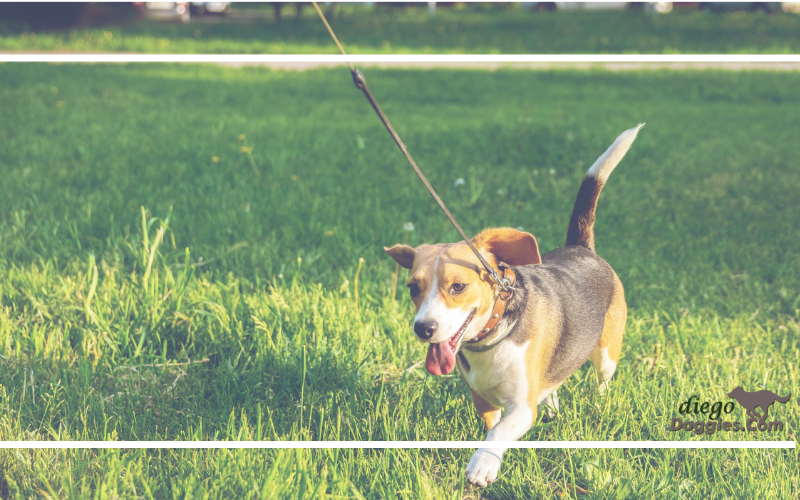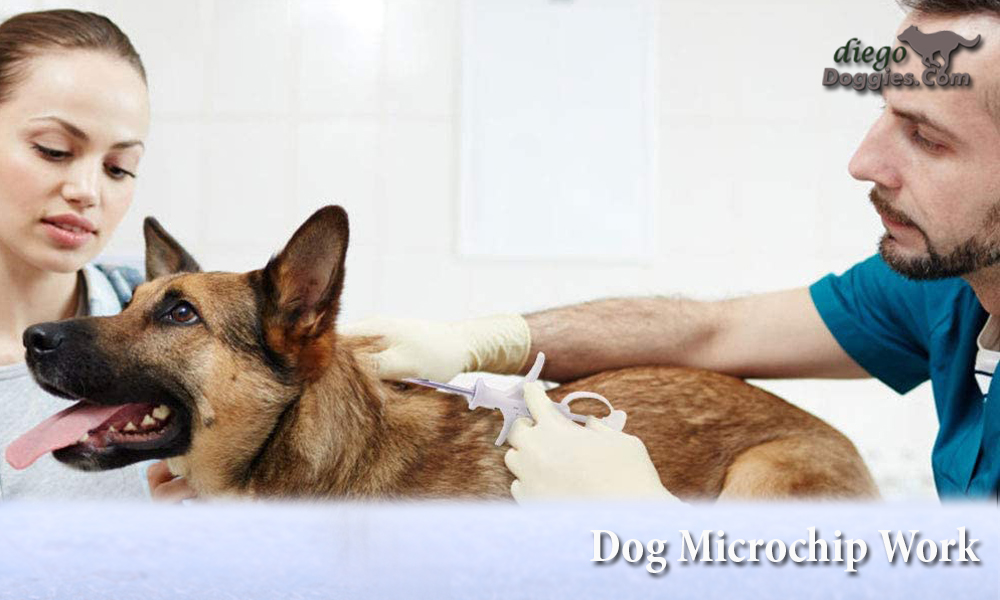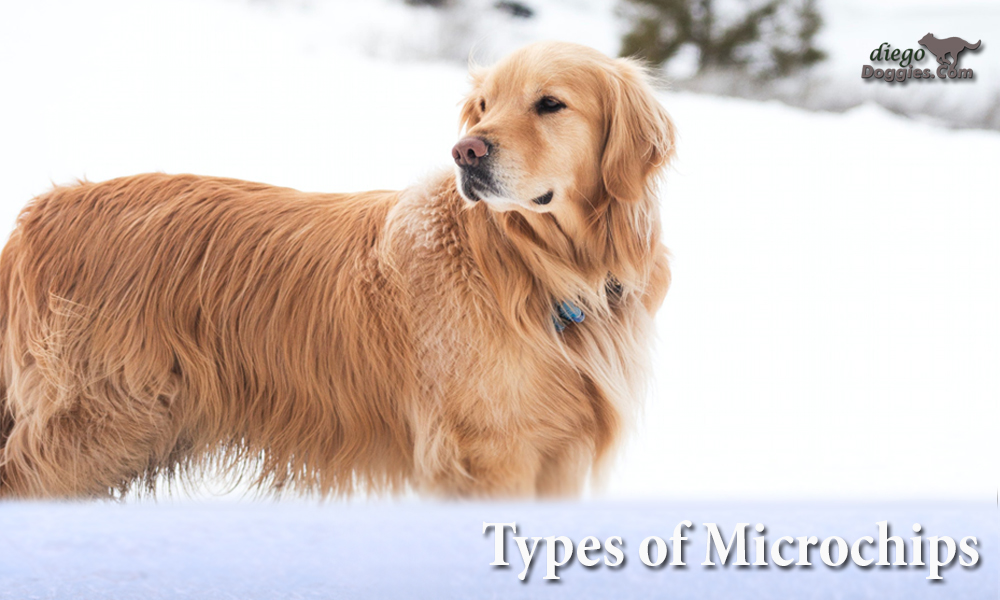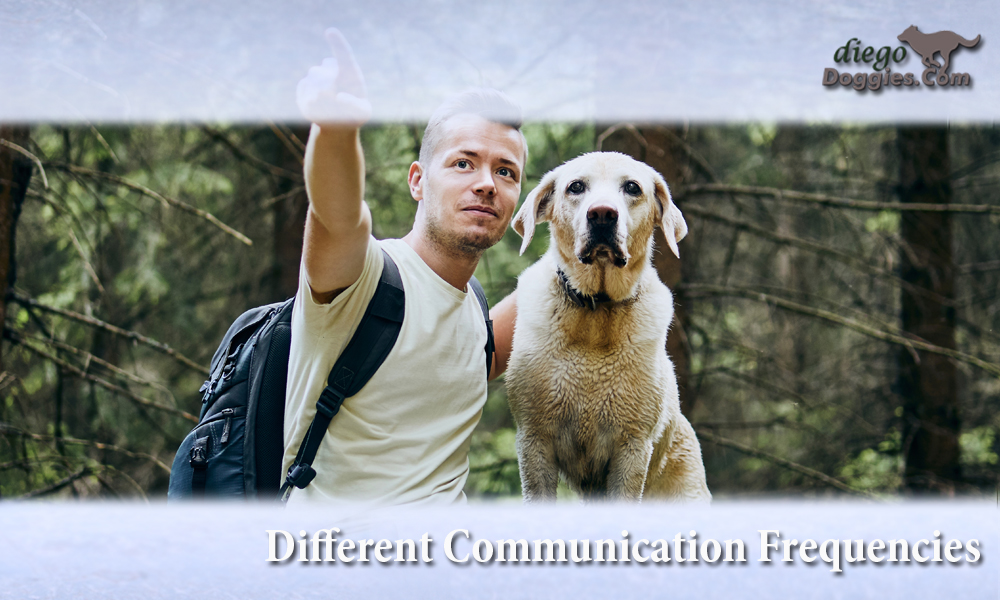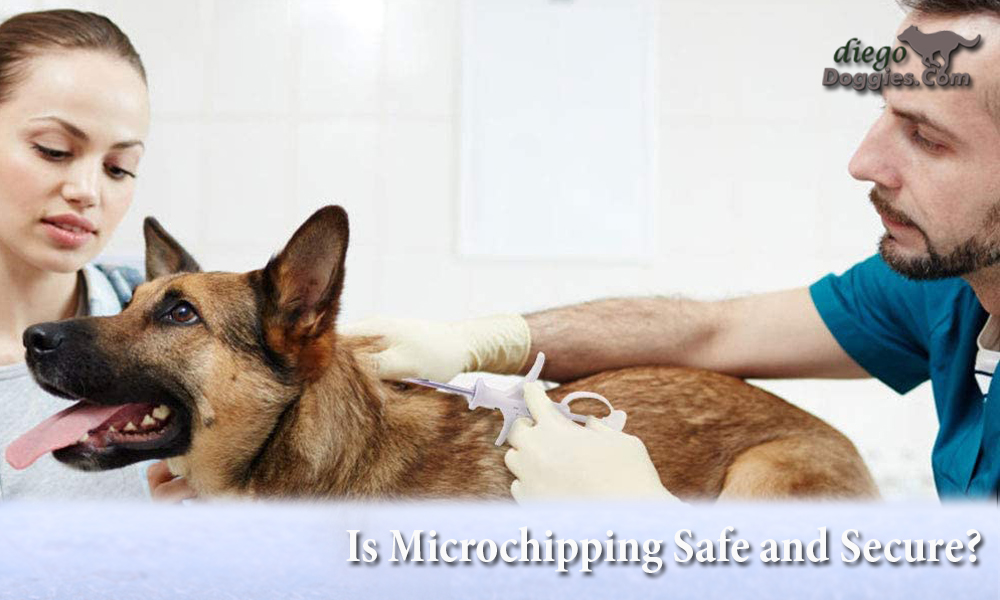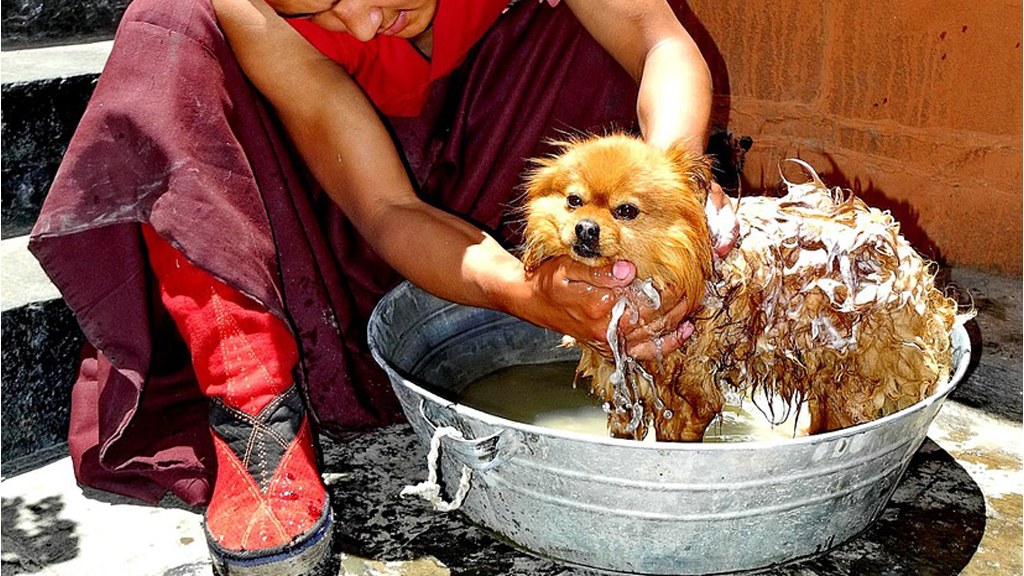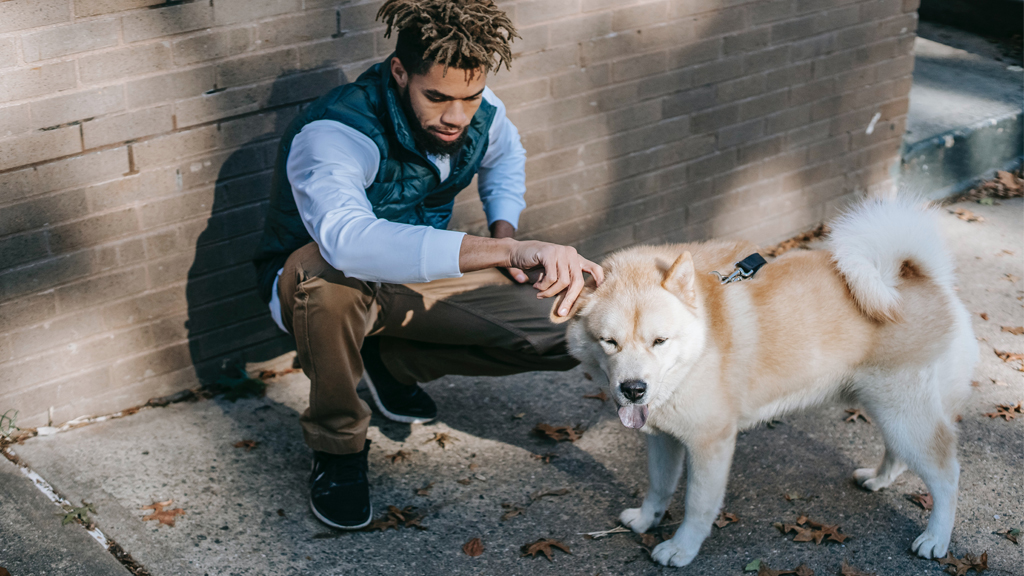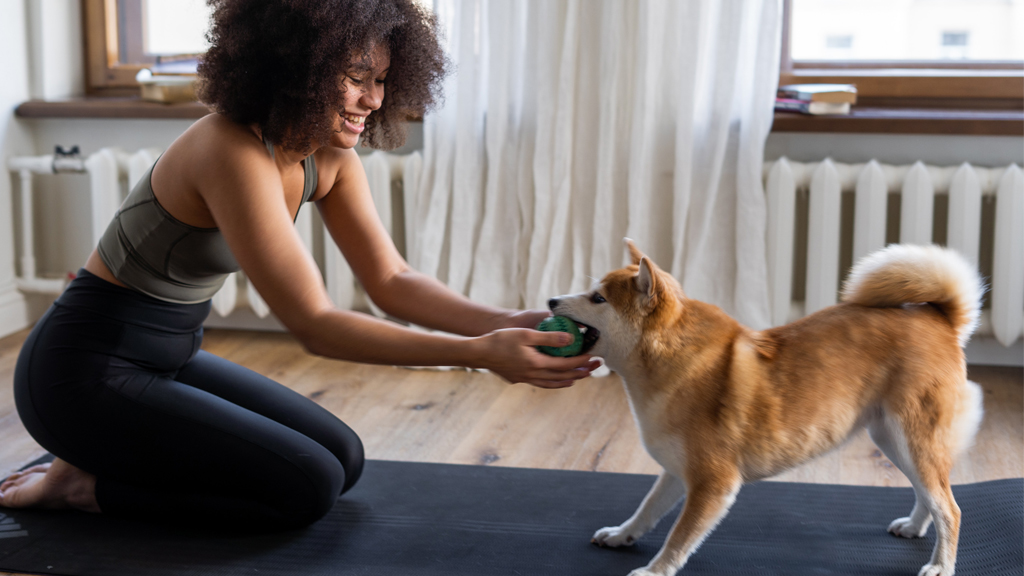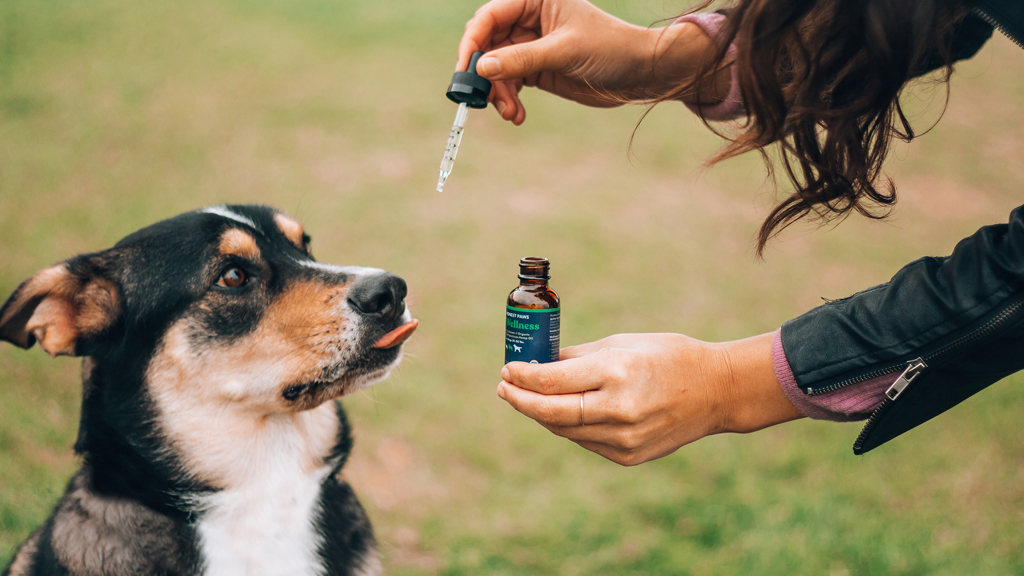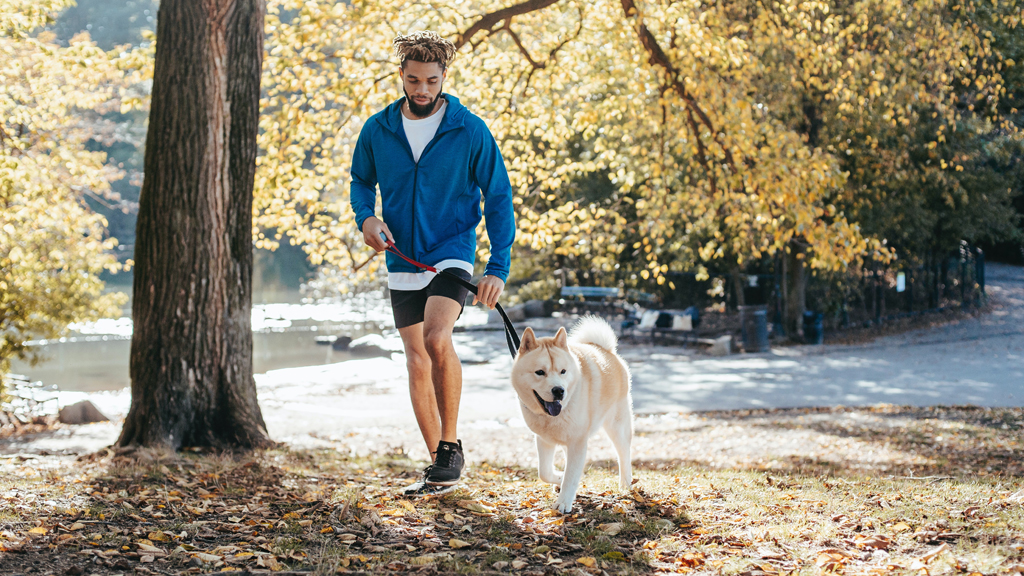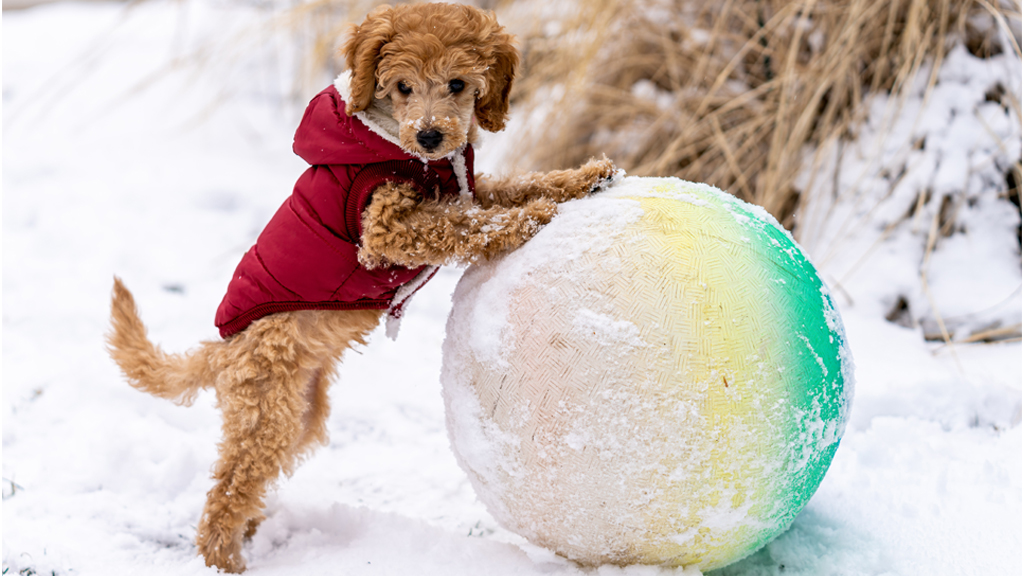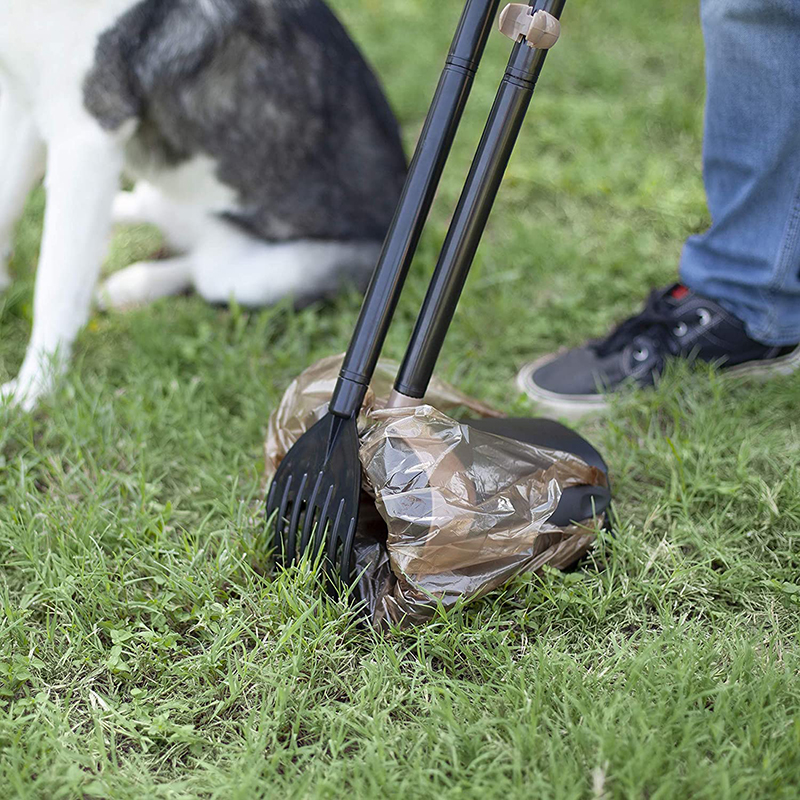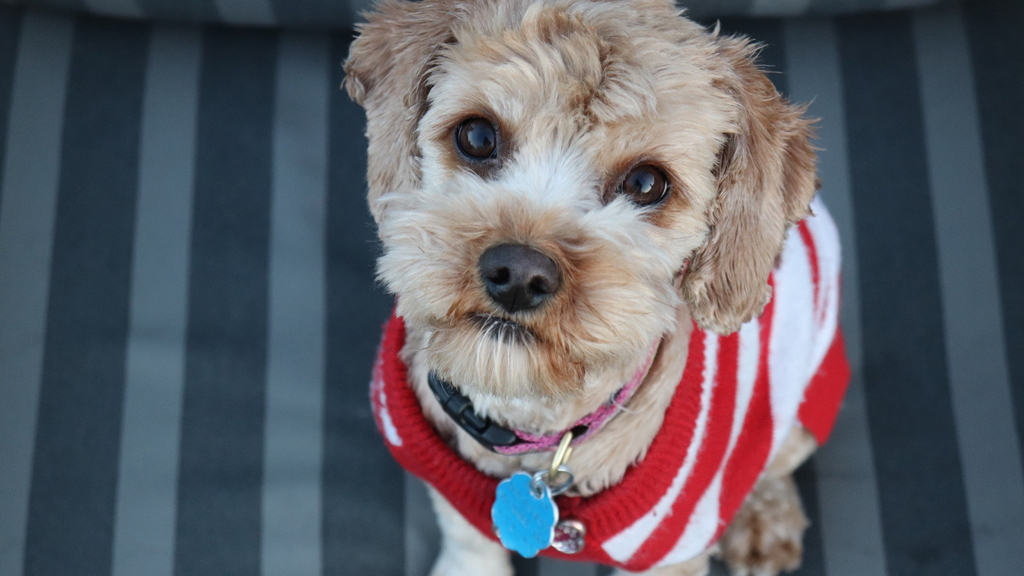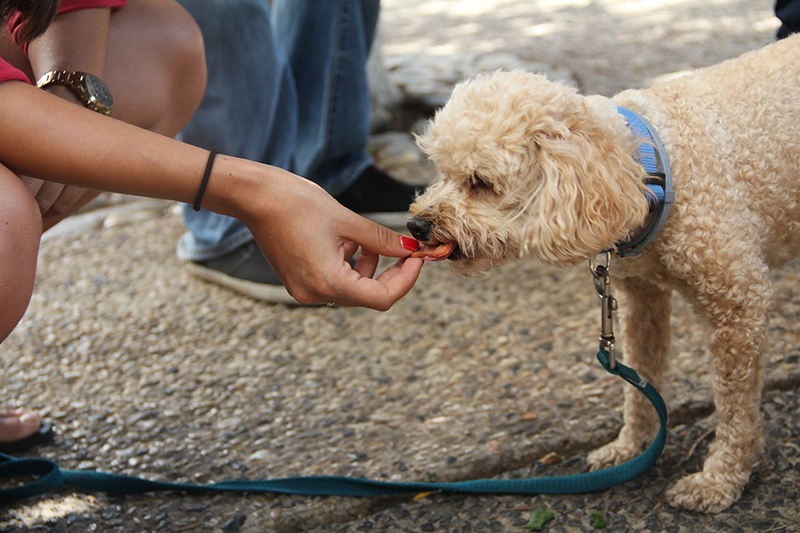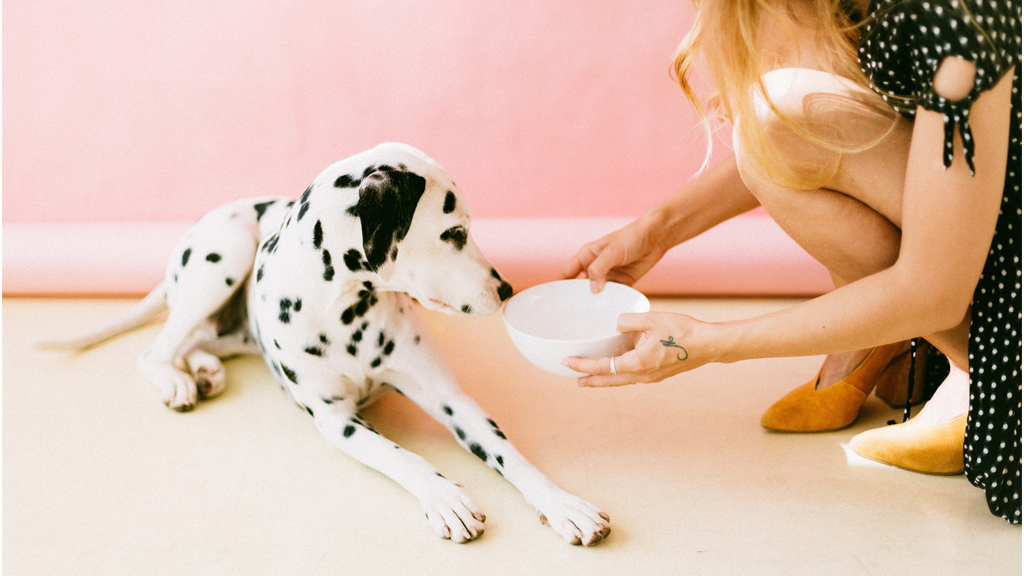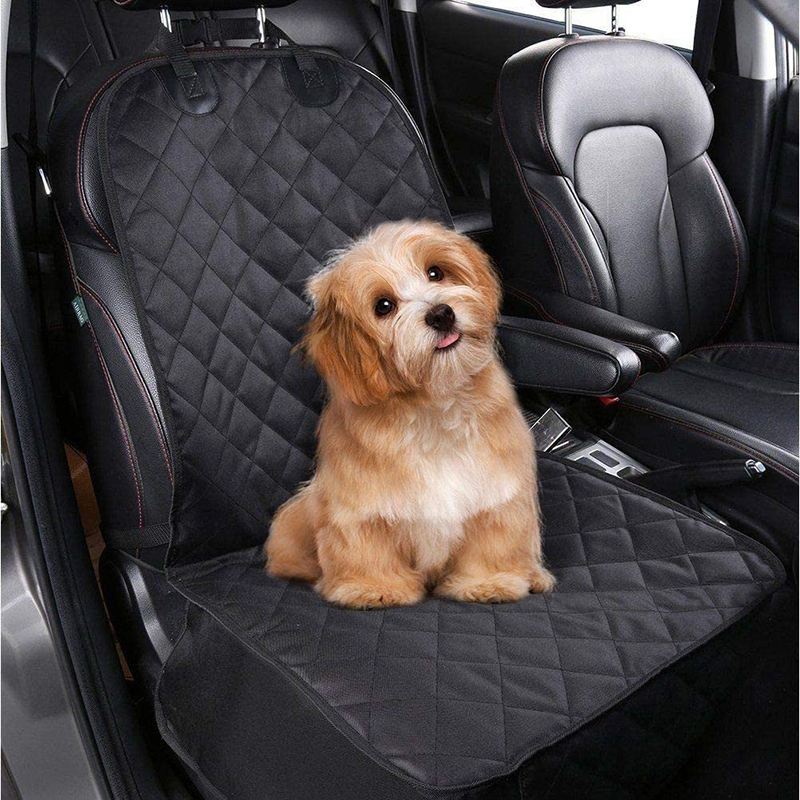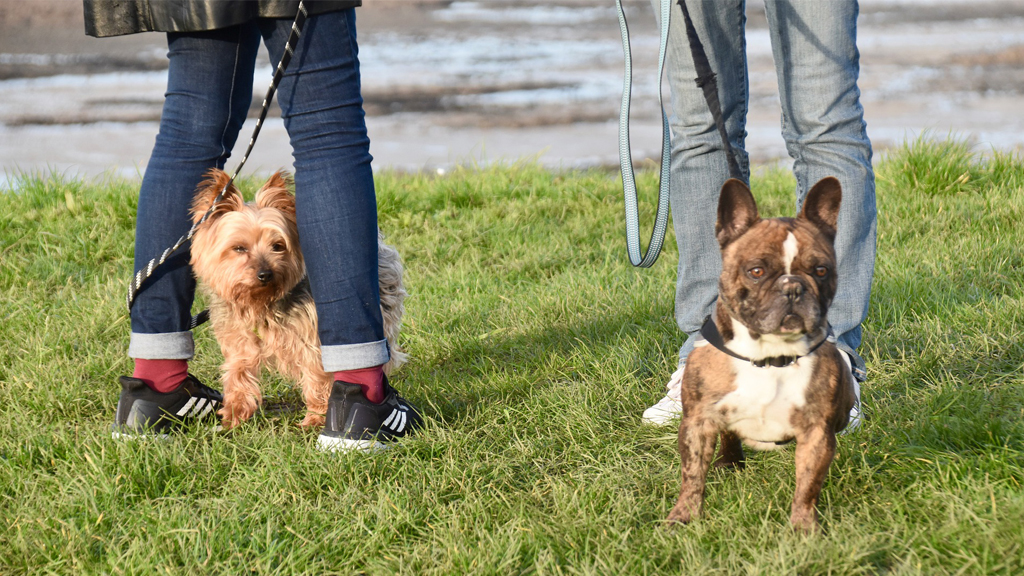As a dog owner, you initially do not think that you could own a bunch of accessories to make your life easier. This is a harsh truth that many dog owners can relate to. Whether we are talking about smart collars or various kinds of dispensers, there is plenty to choose from.
These accessories make our lovely little furballs happy as well. Dogs bring happiness and joy to our lives. Not only can they help in ridding us of our anxieties and fears, but they also form an important part of our lives.
Accessories and dog products help us not only when we are playing with our furry friends at home. You can even use these accessories and products in various places such as parks, malls while traveling, and while visiting escape rooms at home.
1. A Dog Harness
Dog harnesses are an important part of the walking and exercising activities of your canine. A lot of people ignore harnesses and go for collars for attaching their leashes.
However, a harness offers significantly better support for your dog. An excellent quality harness is important for providing the necessary padding and strength when pulling on the leash.
Going to parks for walks with harnesses also helps you in easily attaching and detaching leashes anytime. Also, harnesses give your dogs a much more fashionable look. Dogs, too, deserve to look their best and wear the best. Thus, always try and buy a harness for your dog.
2. Dog Treat Pouch
A Dog treat pouch is like a belt bag. Except, a dog treat pouch is often a bit bigger and can carry a lot more items. It is a great accessory to have. A lot of pouches out there need to be able to fit our phones, treats, leashes, and much more. Belt pouches are not built for this purpose.
Furthermore, a dog treat pouch is great for training your new pups. As an adjustable pouch, you can either strap it on your shoulder or use it as a purse as well as a belt pouch. As a bonus, your dogs will love it because treats come out of it easily.
3. A Dog Backpack
While most dogs can be walked or even taken in our cars, not everyone is lucky enough to have a car or a park nearby. Sometimes you might have to use public transport. Crowds can be stressful for your dog as well as inconvenient for people.
An effective way to travel in such situations is to own a dog backpack. A dog backpack is big enough to hold most moderately sized breeds. Some can even hold larger varieties of dogs.
These dog backpacks are handy since most of them come with side pouches to store additional accessories as well. Moreover, your dog might never want to walk again after being carried in it!
4. Poop Bag & Dispenser
One of the biggest challenges as a dog owner is to train your dogs where and when to relieve themselves. It can take quite a lot of time as well as effort to make sure that your dog is learning the right spots. Nevertheless, a lot of public parks and properties impose a fine on not collecting disposing of dog poop.
Carrying around a poop bag and a dispenser will help you easily clean u after your dogs. It will be a great necessary part of your walking toolkit. You will never leave without it.
5. Dog Jackets and Sweater
Going out with your dog is not an optional activity. Unless and until extreme conditions prevail, your dog needs regular exercise and activity. However, depending on where you live, the weather can often be a big issue.
For example, in tropical places, constant rain can affect your dogs’ fur. Some dogs do not like their fur wet and might make a fuss over it. Jackets, in such cases, are a handy accessory to have.
In wintry weather, it is good to have a dog sweater to protect your poodle from the cold. Depending on the weather, these accessories can really help your routine walk in the park.
6. Portable and Collapsible Dog Bowl
A portable and collapsible dog bowl is what exactly it sounds like. It is great for carrying around your dog’s favorite bowl. Often you will encounter water springs, but it can often be problematic to drink from them. People often carry treats with them as well as water bottles. But feeding your dog can be a challenge.
However, with a portable and collapsible dog bowl, this problem is easily solved. These silicon bowls can be quite convenient as they can be carried in your treat pouch or dog backpack easily.
7. Durable Rubber Ball
A durable rubber ball is a great companion to your dog on its daily walk. It is a wonderful way to train and increase the activities they do.
Dogs love to bite a ball and carry them around. Thus, often these balls can get roughed up easily. Having a durable rubber ball ensures you are not going back and forth to buy one.
8. Doggie Water Bottle
A doggie water bottle is quite like a collapsible dog bowl. The only main difference is that you do not need a water bowl with a doggie water bottle. You just need to squeeze the bottle as the water can easily reach your dogs. It is easy to carry and quite convenient if you do not plan to buy a dog bowl.
9. A Comfortable Collar
In earlier days, a collar used to be a way to attach a leash. With the introduction of harnesses, collars become redundant. However, collars serve a greater purpose. They can help owners know which is their dog. Collars can also contain the contact information of the owner in case a dog goes missing.
10. Dog Brush
Not a lot of people like to brush their dogs at their homes. And it is easy to see why because dogs can shed a lot of fur. This can give them a messy and untidy look as well. So, if you want to save your home from being covered in fur and want to make sure your dog looks good get yourself a dog brush.
Conclusion
These ten dog accessories are some of the best ones you can have on your daily dog walk in the park. Make sure you try to evaluate each accessory and see which one fits the best to your routine and style. While the above-mentioned ten are some of the best types of accessories to have, only some of these are compulsory.
Author Bio: Sophia Scott is a content creator at escape rooms.. She’s a passionate young woman, mother to an amazing nine-year-old, and an avid reader. Over the years, writing has helped her explore and understand the world as well as her own self. She loves to travel, meet new people, and spend quality time with her daughter. You can find her on LinkedIn.

